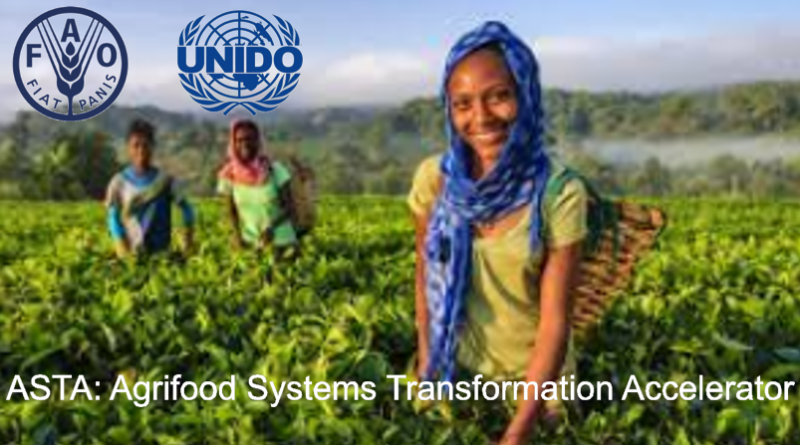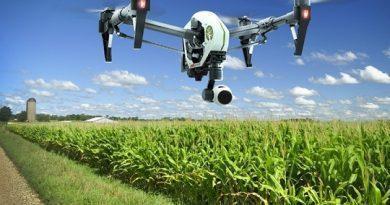FAO and UNIDO launch global Agrifood Systems Transformation Accelerator (ASTA)
The Agrifood Systems Transformation Accelerator (ASTA), a global program created to assist Least Developed Countries in improving their agrifood systems through the creation of partnerships and public-private investments, has been jointly launched by the Food and Agriculture Organization of the United Nations (FAO) and the UN Industrial Development Organization (UNIDO).
The launch took place on Sunday during a meeting between QU Dongyu, director general of the FAO, and Gerd Mueller, director general of the UNIDO, which was held concurrently with the Fifth UN Conference on Least Developed Countries (LDCs) in Doha, Qatar.
In order to help achieve the Sustainable Development Goals, ASTA serves as the first focal point of a new partnership between FAO and UNIDO. It encourages investment in the agrifood systems of some of the world’s poorest nations through the creation of value chains, market systems, business models, and inclusive finance (SDGs).
A comprehensive approach spanning a wide range of issues, including the climate crisis, agricultural output, value chain efficiency, inclusiveness, nutrition, land use, and biodiversity, is needed to address the future of agrifood systems. According to Qu, ASTA provides a practical tool to assist nations in achieving the goal of transforming their agri-food systems.
Concrete remedies
The establishment of ASTA occurs at a time when the COVID-19 pandemic, continuous conflicts, and war, as well as other pressures on our agrifood systems, pose a threat to these systems.
Innovative approaches and solutions are needed for this.
ASTA accomplishes this in four different ways: by dismantling silos through extensive public-private partnerships; by doing away with traditional top-down support and giving beneficiaries more control; by emulating the ONE UN approach, in which various UN organizations work together to provide countries with more effective assistance; and finally, by moving away from focusing on specific SDG indicators.
This transition is particularly pertinent for LDCs, where several impediments frequently obstruct urgent change and where integrated solutions based on inter-ministerial and public-private sector collaborations are crucial.
Moreover, the program aids nations in making the transition from broad suggestions and policies to practical implementation with discernible effects.
Since 2018, the ASTA method has been put to the test in 15 nations in Africa, Asia, the Caribbean, the Pacific, and South America.
In Suriname, where governmental financing of $2 million was acquired to encourage $8 million in private investments to improve its pineapple value chain, the ASTA model has been successfully tested, as one example.
The goal for ASTA over the next five years is to attract at least $300 million in private investment.




